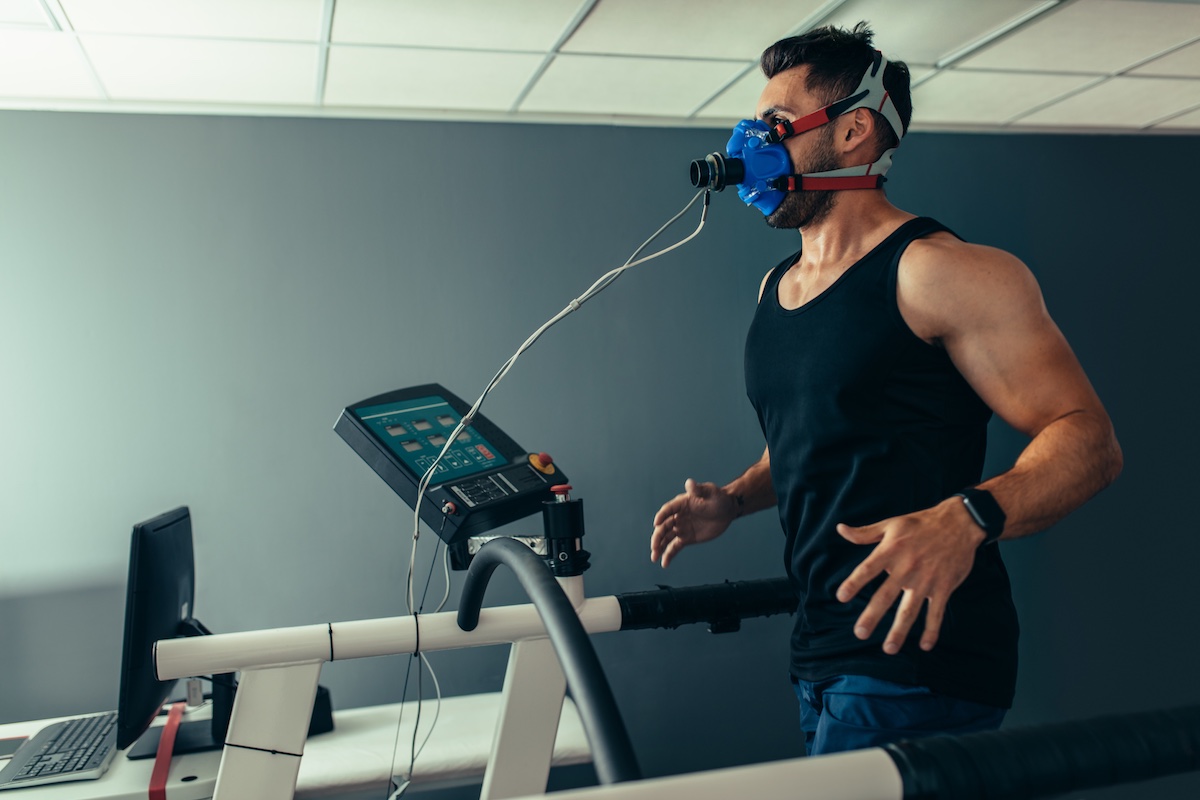
Thinking about running? Don’t think about it – just do it. And to start you off here’s a handy a guide on how to run, what to wear and what to eat. On your marks, get set, go!
Running can be sheer, bursting-into-song joy or heart-pounding effort – sometimes on the same run. Pushing yourself in a race can be brutal masochism, worth every second when you cross the line and realise you’ve beaten your best time. Or it can just be just floating easily along, watching the ground beneath you recede, marvelling at the capacity of the human body to adapt and improve.
Running clears the mind – something about the flow of oxygen to the muscles, not the brain, simplifies the most thorny problem. Running can be blissful solitude, and the most social of sports.
Everyone can run
Yes, everyone. Whatever your age, size or background. Even if you’ve not so much as sprinted for a bus since you left school, and watching track & field on the telly leaves you breathless, once you start running you will be surprised how quickly you improve.
You’ll not only get faster but healthier. Study after study shows that running brings enormous benefits, from cutting your risk of getting some types of cancer, type 2 diabetes, and heart disease, to reducing your chances of high blood pressure and stroke. Then there’s the mental health benefits. Of course, you should check with a doctor if you have any concerns, but the vast majority of people can improve their state of mind and health with a couple of runs a week.
Planning helps
Following a realistic plan will help you improve faster than simply winging it. Realistic might mean not pushing yourself too fast, too soon and risking burn out – or equally, not slogging around a half marathon horribly under prepared.
If you are a complete beginner, then the NHS’s Couch to 5k programme is a superb start, tried and tested by thousands of runners. It assumes nothing beyond a certain amount of will power, and will get you from panting by the first lamp-post on day one to running 5km without stopping in nine weeks.
If you are already in reasonable shape there are many online training plans, podcasts, apps and magazines or books that will help you step up. Just make sure they have been devised with the help of a reputable coach and that they have the right focus for your individual goals.
Don’t worry if it’s hard at first
Everyone struggles with motivation sometimes, even the pros. And everyone finds running hard at some point – it’s perfectly normal to find it daunting at the beginning, or after a break.
Running has a steep learning curve, not so much for your head as for your unaccustomed-to-the-impact muscles. So don’t stop after your first, second, or even third run: they are literally the hardest you will ever do. And any time you push your body to do something new, you are probably going to feel it the next day. DOMS – delayed onset muscle soreness – is perfectly normal, and nothing to worry about. It passes. But if you have something that hurts for more than a couple of runs, do try to get it seen to.
When you get over the top of the first steep curve you’ll be able to back off a little, and suddenly it feels enjoyable.
Make running social
The idea of talking while running might strike fear into you, and leave you feeling breathless with mere anticipation. But running with a friend can make a slog seem like a jaunt, even if you save all the actual chatting for afterwards.
Find a running buddy, or join a running club – British Athletics has a “find a club” feature online. These clubs aren’t just for speedsters: many have beginner-friendly sessions and runners of all levels and ages.
You might also strike up friendships at your local park run – runners love to talk about running. And surrounding yourself with people who love running, and are positive about it, is contagious.
Get the right kit
Running can be a very cheap sport – what more do you need but shorts, a T-shirt, and some trainers? Of course, you can also spend a fortune on top-of-the-range gear, fancy GPS watches and expensive race entries.
But one thing that is worth investing in is the right shoes. These don’t need to be expensive or the coolest new model, but they should be the right ones for your specific running style, or gait. Good running shops will analyse this (free) on a treadmill for a couple of minutes before recommending shoes for you. Many people over- or under-pronate – pronation is the way your foot rolls when it lands on the ground – and they will generally require some support in their shoes to counteract those forces. Others will be “neutral” and require less.
Once you know what you want, shop around – running shoes are updated every year, and sometimes you get bargains online just by buying last season’s line, identical in everything but colour.
Pick up the pace
There’s nothing wrong with gently ambling around the same loop a couple of times a week. Running doesn’t have to be competitive, either against other people or your own previous efforts. But if you do want to get quicker, then it’s important to do a mixture of faster and slower work.
One way to do this is by making one of the weekend days an easy-paced long run – perhaps increasing the distance by (no more than) a mile a week. Then also add in an interval session, where you mix faster efforts with gentle recovery. If you have a GPS or access to a track you can do this on distance, but the simplest way is by time: warm up well, then run hard for three minutes, walk/jog for a minute. Repeat six times. Cool down.
Of course you can vary the amount of reps, and their duration, but the basic principle is that you are teaching your body to work at a higher intensity for short periods.
Other exercises are important
Many runners regard any training that isn’t actually running as a waste of time. They are wrong. Core work, and strength and conditioning work, are hugely important, both in injury prevention and in improving your running form and economy. For instance, on a longer run, when we get tired, we tend to slump forwards – a strong core can help prevent this. And many, many running niggles can be traced directly back to the fact that the glutes, the main hip muscles and the biggest muscle group in your body, simply aren’t doing their fair share of the work. Five minutes a day spent doing targeted exercises can reap significant rewards.
There are numerous apps and online videos to help, but a simple mix of planks, side planks and crunches can build your core strength, and squats and bridges are great for glutes.
Fueling your run
An entire industry is devoted to selling you products that promise to make you run better and recover quicker. The reality is that for most recreational runners, a decent diet is more than adequate fuel.
Generally, your body digests simple carbohydrates (toast, porridge, cereal) faster than protein, so a bagel with peanut butter a couple of hours before a workout is ample. And unless that workout is an epic sweatfest, you don’t need any magical protein shake afterwards. Just make sure your next meal is fairly soon after the run, and that it contains some healthy natural protein, such as eggs, yoghurt, nuts, or lean meat.
For long runs, your body has enough carbohydrates stored to fuel you for around 90 minutes, after which you may find it necessary to take some gels (or jelly beans, or gel blocks – all the same thing, just in different forms). Running “fasted” – before breakfast – is also a good way of teaching your body to use its almost-limitless fat stores efficiently.
Age is no barrier
No one is too old. And you might just live longer if you start running. There is some evidence that people with a very high physical activity level have longer telomeres. These are the protective caps on the end of your chromosomes, and are considered one marker of biological age. Endurance exercise has been shown in studies to preserve telomere length.
Your endurance tends to peak later than power, so you can take up running later than most sports and still get faster. Plenty of people set personal bests at all distances into their 40s and 50s. There is also the system of “age grading”, which calculates your times against your age and gender –and you can keep improving these scores throughout your life.
… and don’t worry about your knees
If I had a pound for every time I’ve heard the “but running will ruin my knees” line, I’d be able to finance a running club. Study after study disproves it. For instance, a huge study of nearly 75,000 runners and 15,000 walkers in 2013 found that the runners were almost half as likely to develop arthritis as the walkers. And the more miles per week those runners did, the lower the risk.
The biggest risk factor for knee osteoarthritis is obesity, not pounding the pavement. Of course, those with pre-existing knee issues should be wary, but for those of us in good health the benefits of running outweigh any risk.
More on Fitness & Nutrition






Leave A Comment
You must be logged in to post a comment.